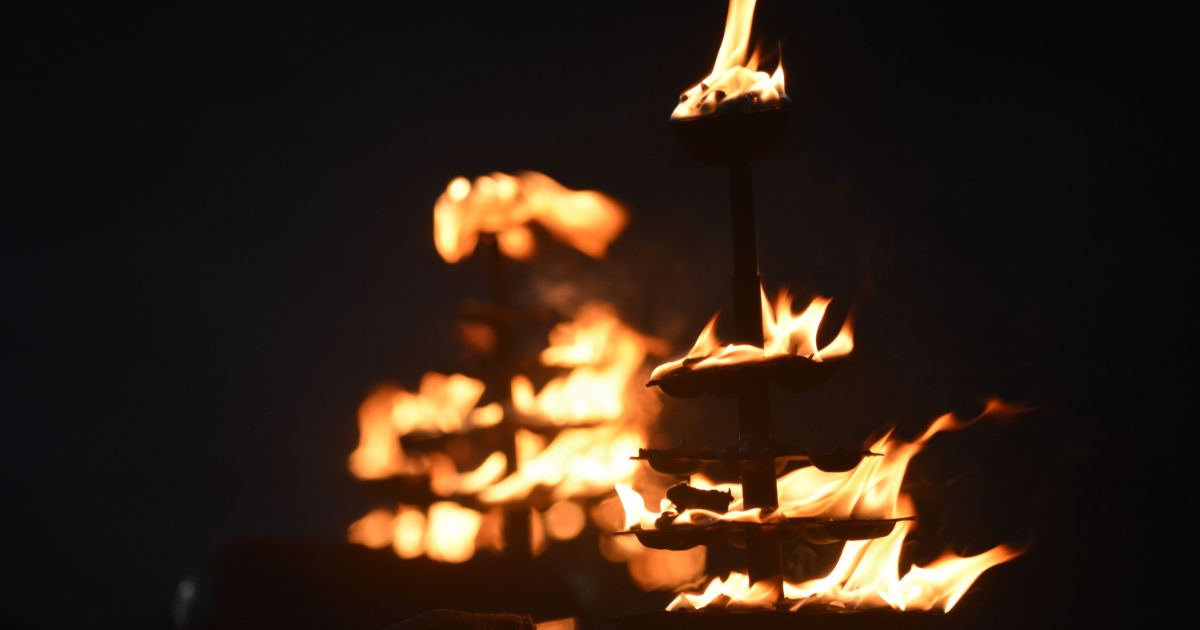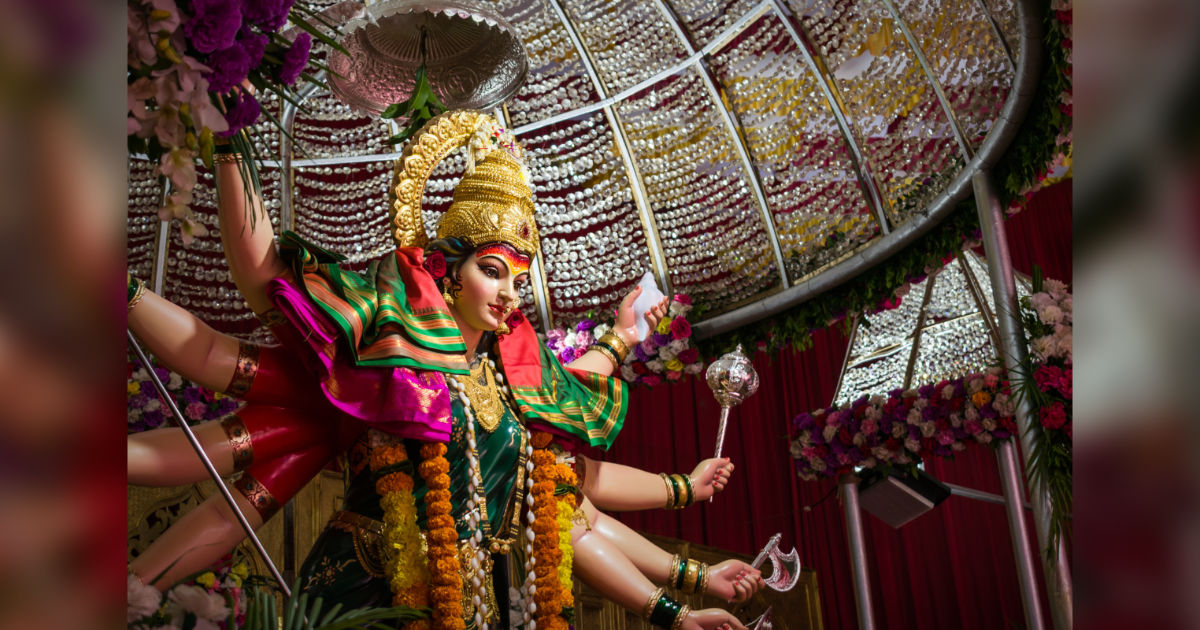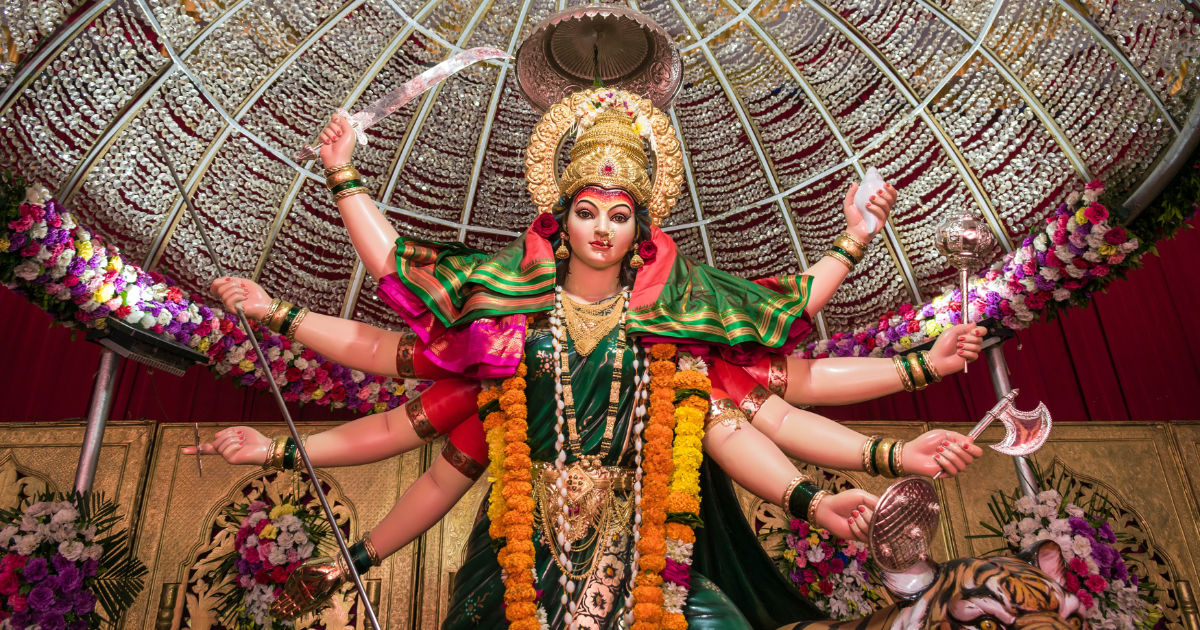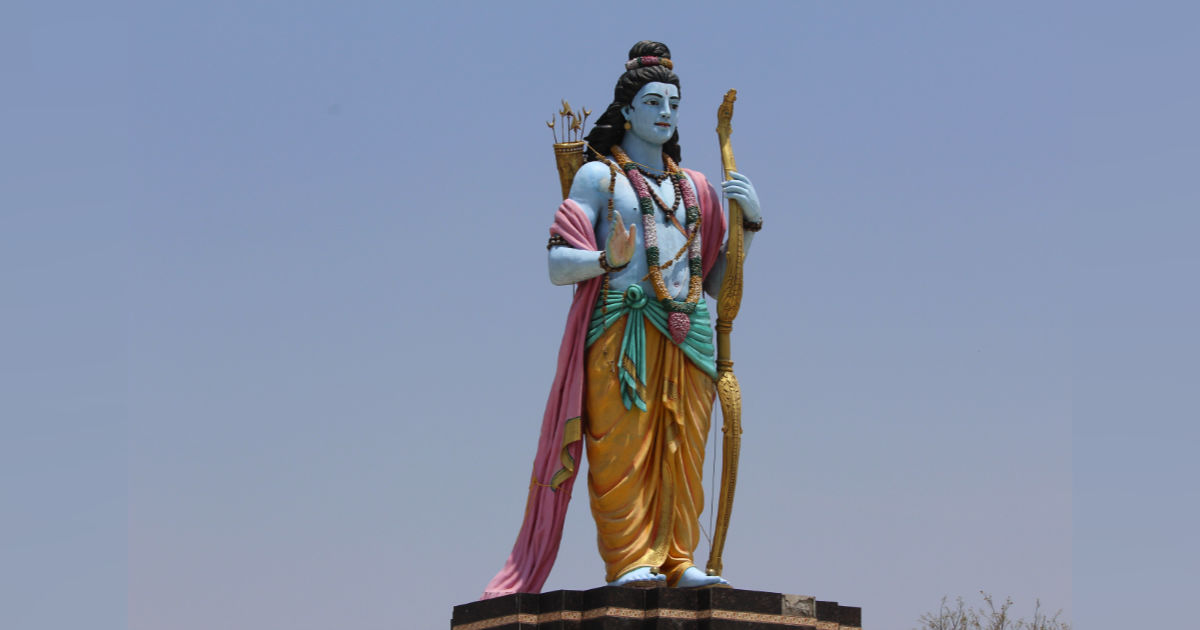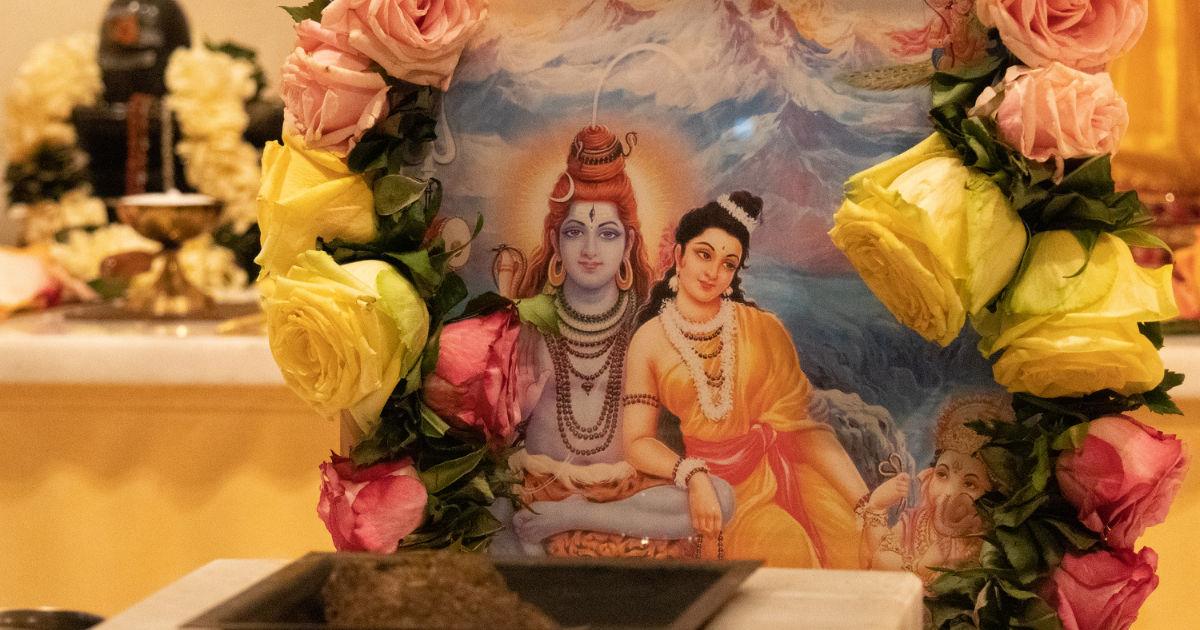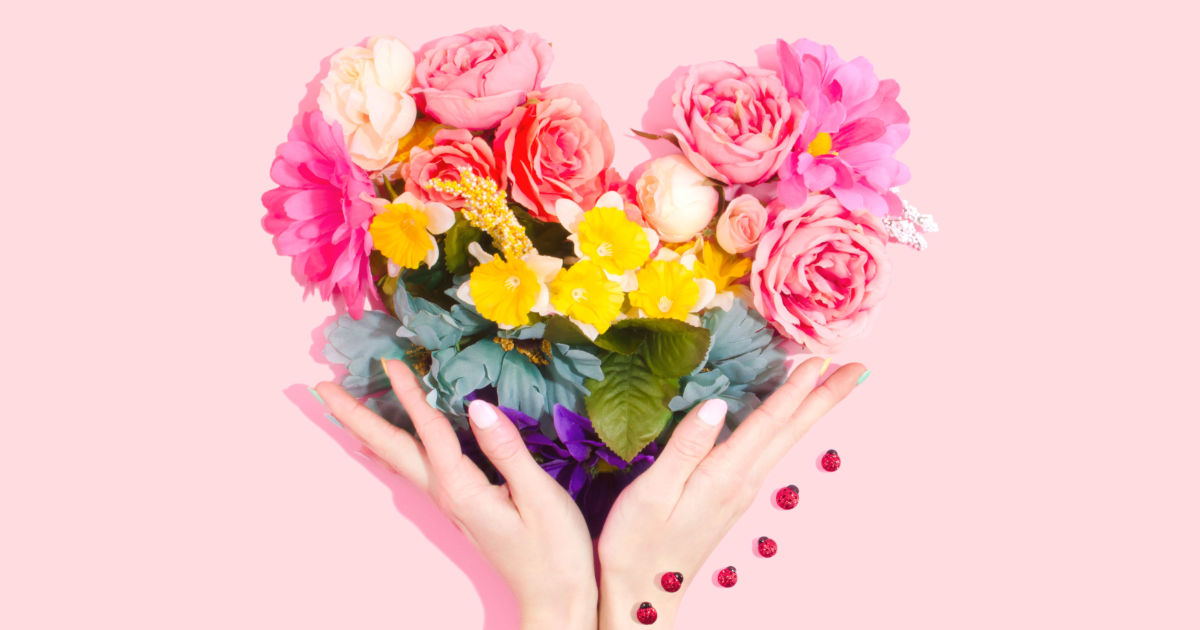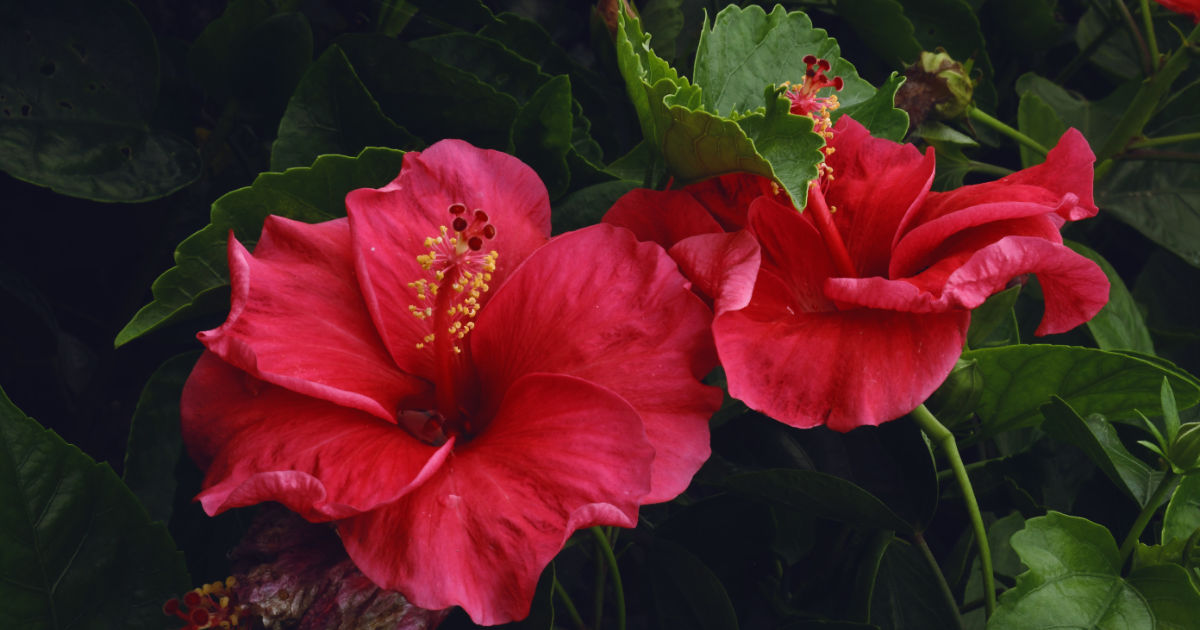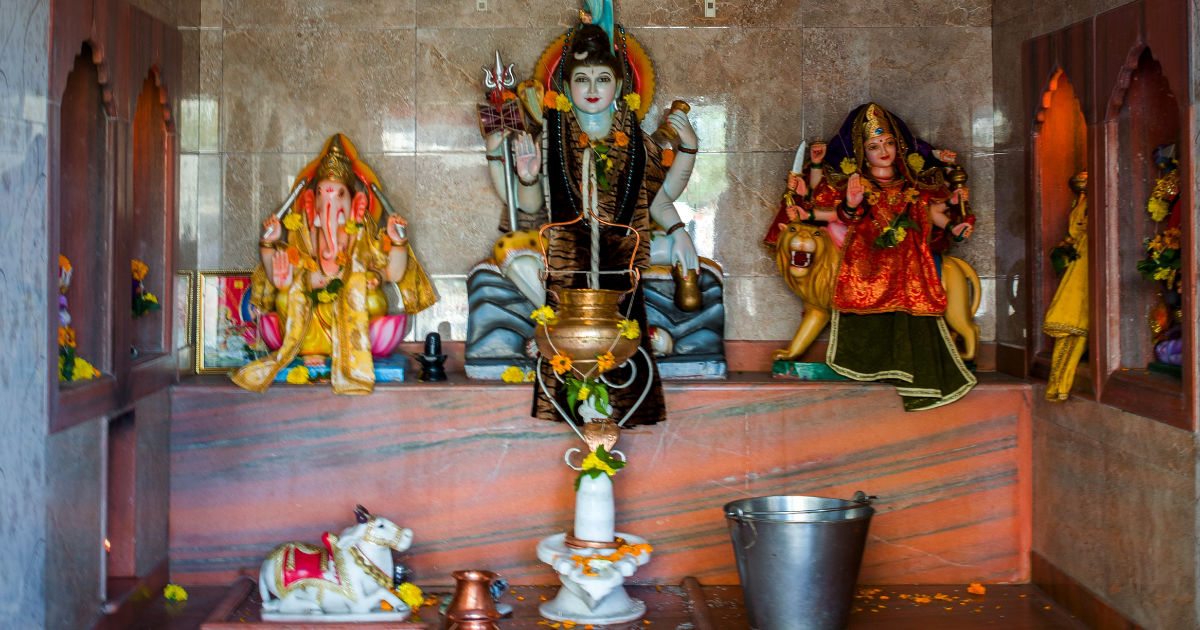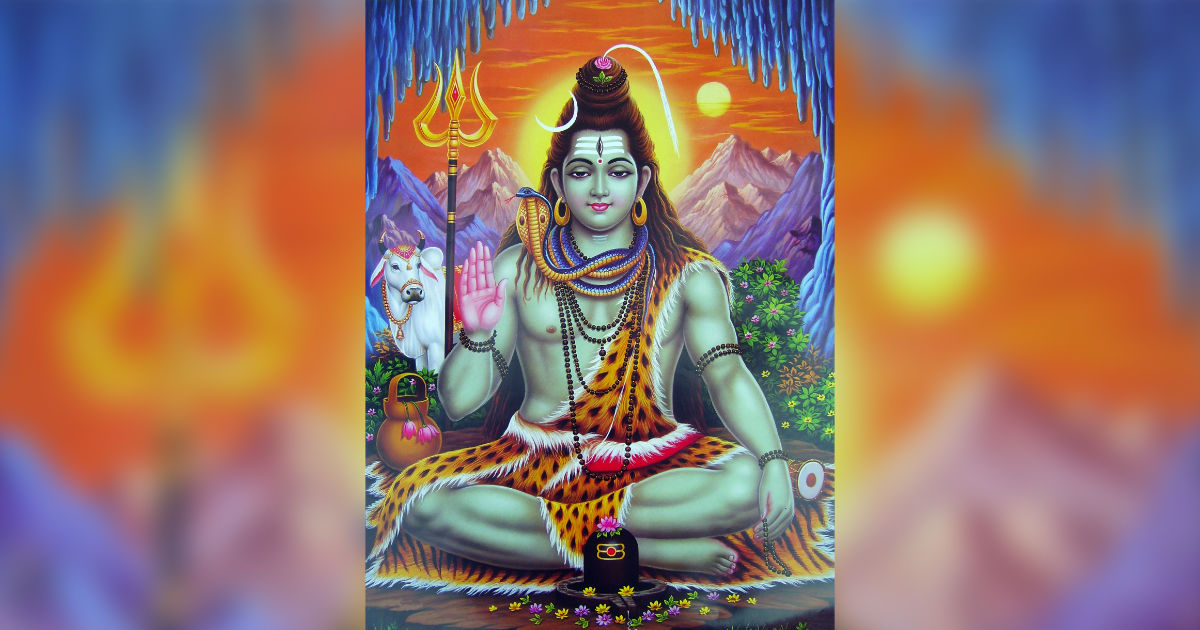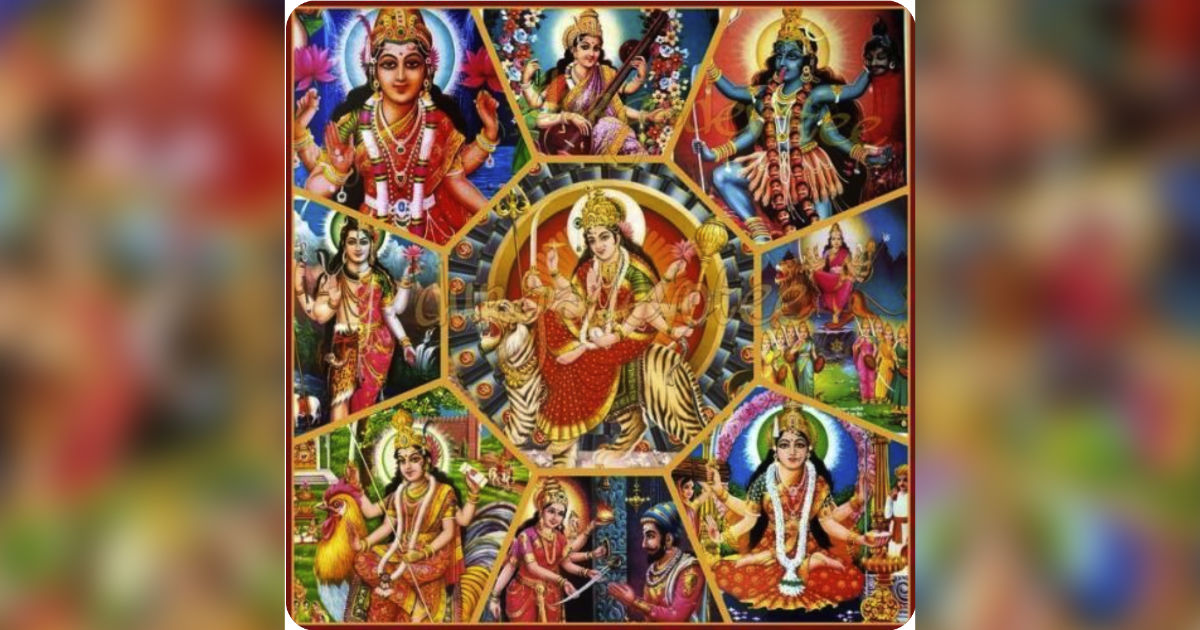There are five sacrifices which we must offer daily and these are spoken about by all Gurus. There are five Gods also associated with the sacrifices.
- The Sacrifice to Rishi or Vedas, Rrushi Yajnya (sacrifice for the source of knowledge). Siva is source of knowledge and universal teacher.
- The Sacrifice to Devas or Deva Yajnya (protection for the environmental powers as Gods). Durga is an integration of all godly powers.
- The Sacrifice to Pitris or Pitru Yajnya (responsibility for the parents, ancestors and self-genetic system). Surya is a token of respect and remembrance to the ancestors and forefathers.
- The Sacrifice to Men or Nrru Yajyna (positive interaction with fellow human beings of the society). Ganesha is the God for this sacrifice and is associated with community activity.
- The Sacrifice to Bhutas or Bhoota Yajnya (care for the protection of biodiversity). Vishnu is the God for preserving the universe.
Each one of these has an outer and external meaning. Continue reading

